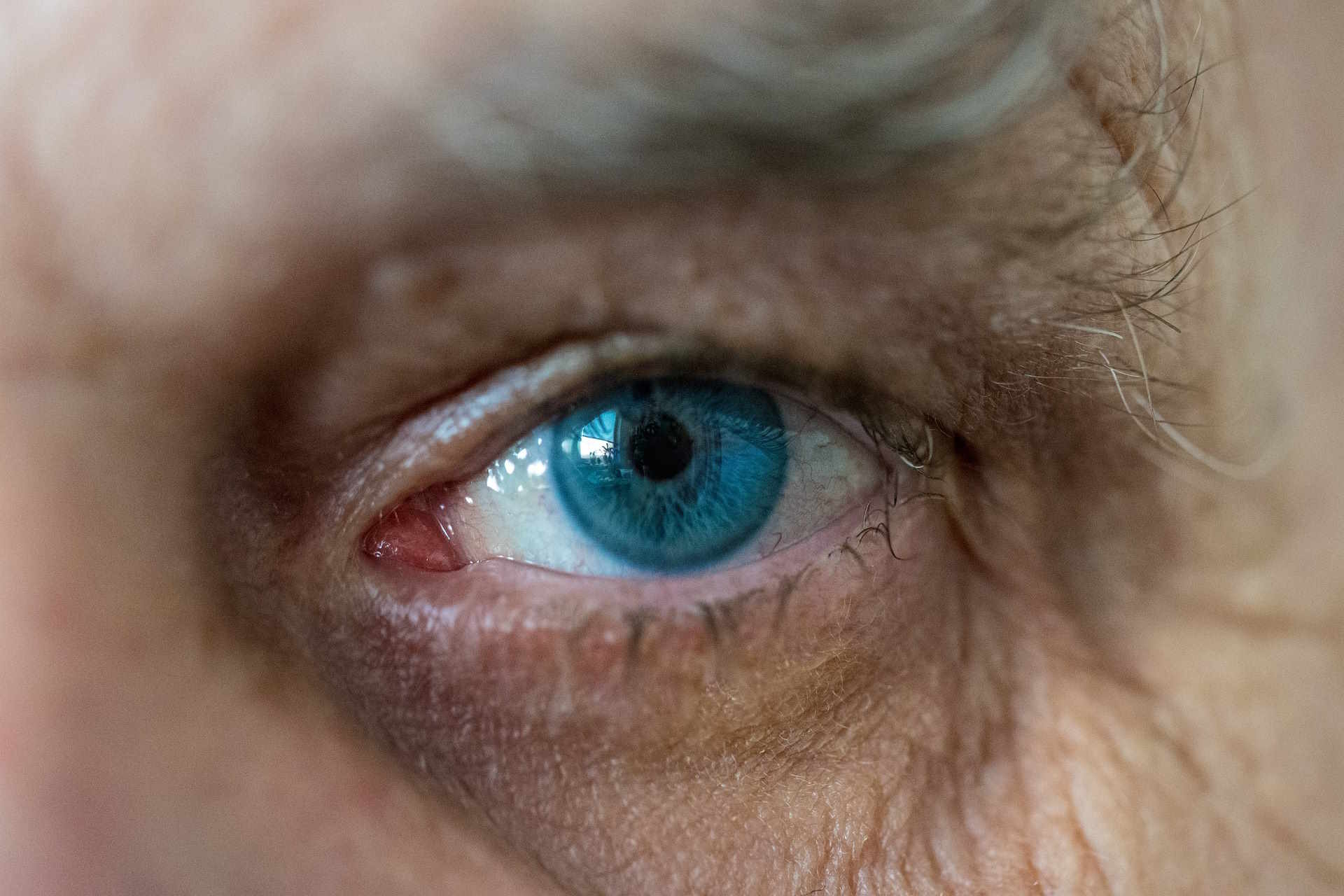How to Improve Macular Degeneration: Supportive Strategies for Eye Health
Age-related macular degeneration affects millions of people worldwide, causing gradual vision loss in the central part of the visual field. While this progressive eye condition cannot be completely reversed, various supportive strategies can help slow its progression and maintain quality of life. Understanding the available approaches for managing this condition empowers individuals to take proactive steps in preserving their remaining vision and adapting to changes in their eyesight.

Macular degeneration represents one of the most common causes of vision impairment among older adults, particularly those over 50 years of age. This condition affects the macula, a small but crucial area of the retina responsible for sharp, central vision needed for activities like reading, driving, and recognizing faces. While complete restoration of lost vision remains challenging, implementing comprehensive supportive strategies can significantly impact the progression and management of this condition.
Understanding Macular Degeneration
The macula contains millions of light-sensing cells that provide the sharp, detailed vision we rely on for daily activities. When these cells begin to break down, it results in macular degeneration. Two primary forms exist: dry macular degeneration, which accounts for about 85-90% of cases and progresses slowly, and wet macular degeneration, which is less common but more severe. The dry form involves the gradual thinning of macular tissues and the accumulation of deposits called drusen. The wet form occurs when abnormal blood vessels grow under the retina, potentially causing rapid vision loss.
Early Signs and Symptoms to Watch For and Risk Factors
Recognizing early warning signs enables timely intervention and better outcomes. Common symptoms include blurred or fuzzy central vision, difficulty seeing in low light conditions, decreased intensity of colors, and the appearance of straight lines as wavy or distorted. Some individuals notice a dark or empty area in the center of their vision. Risk factors include advancing age, family history of the condition, smoking, obesity, high blood pressure, and prolonged exposure to ultraviolet light. Caucasians and females face higher risk levels, though the condition can affect anyone.
Lifestyle and Dietary Approaches to Support Eye Health
Nutritional interventions play a vital role in supporting eye health and potentially slowing progression. Foods rich in antioxidants, particularly those containing lutein and zeaxanthin, show promise in protecting macular cells. Dark leafy greens like spinach, kale, and collard greens provide these essential nutrients. Cold-water fish such as salmon, sardines, and mackerel supply omega-3 fatty acids that support retinal health. Colorful fruits and vegetables, including carrots, sweet potatoes, and berries, contribute additional protective compounds.
Lifestyle modifications can significantly impact progression rates. Smoking cessation stands as one of the most important steps, as tobacco use doubles the risk of developing advanced forms of the condition. Regular physical activity improves circulation and overall health, potentially benefiting eye health. Maintaining healthy blood pressure and cholesterol levels reduces additional strain on the cardiovascular system that supports eye function. Protecting eyes from harmful ultraviolet radiation through quality sunglasses helps prevent further damage.
Regular Eye Exams and Monitoring
Consistent professional monitoring enables early detection and timely intervention. Comprehensive eye examinations should occur annually for individuals over 60, or more frequently for those with risk factors or existing symptoms. During these visits, eye care professionals use various diagnostic tools including optical coherence tomography, fluorescein angiography, and dilated eye exams to assess macular health and track any changes.
Home monitoring techniques can complement professional care. The Amsler grid, a simple pattern of straight lines, helps individuals detect changes in their central vision between appointments. Regular self-testing using this tool can reveal new distortions or blind spots that warrant immediate professional attention. Many smartphone applications now offer digital versions of these monitoring tools for convenient daily use.
Supportive Care and Patient Resources
Various assistive technologies and adaptive strategies help individuals maintain independence and quality of life. Magnification devices, including handheld magnifiers, stand magnifiers, and electronic magnification systems, can enhance remaining vision for reading and detailed tasks. Improved lighting solutions, such as task-specific lamps and natural light optimization, make daily activities more manageable.
Support organizations provide valuable resources and community connections. Low vision rehabilitation services offer training in adaptive techniques and assistive technology use. Many communities provide transportation services and support groups specifically for individuals with vision impairment. Educational programs help family members understand the condition and learn effective ways to provide assistance while maintaining the individual’s independence.
Conclusion: Maintaining Eye Health with Macular Degeneration
While macular degeneration presents significant challenges, a comprehensive approach combining proper nutrition, lifestyle modifications, regular monitoring, and adaptive strategies can help individuals maintain their quality of life and independence. Early detection and proactive management remain crucial for optimal outcomes. By working closely with eye care professionals and utilizing available resources, individuals can navigate this condition while continuing to engage in meaningful activities and relationships. The key lies in understanding that while vision changes may be inevitable, the impact on daily life can be minimized through informed choices and appropriate support systems.
This article is for informational purposes only and should not be considered medical advice. Please consult a qualified healthcare professional for personalized guidance and treatment.




